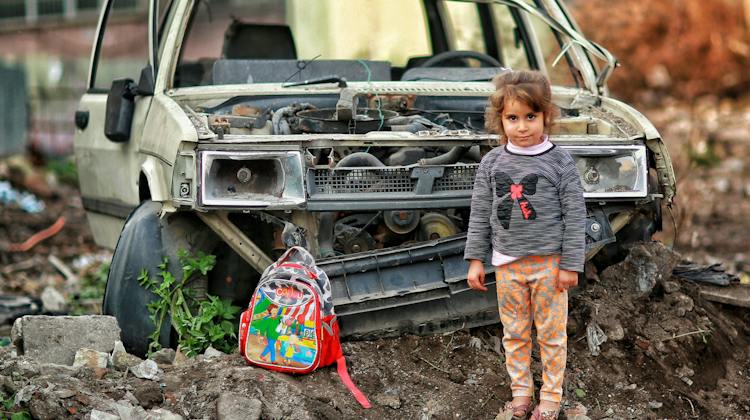
Photo Credit: pexels.com
It’s becoming increasingly obvious that social media can no longer be relied upon to bring us accurate information from a war zone. If you’ve been following the current war between Israel and Hamas in Gaza, then you know exactly what I’m talking about.
Social media is now filled with misinformation, disinformation, and deep fakes – and that doesn’t even include the content from so-called “influencers”and their constant hot takes on the conflict. Nobody really knows where images or videos are coming from, since there’s no attribution whatsoever. In some cases, social media users are uploading screenshots from military video games as “live combat footage.” Yes, it’s a mess.
Best social media platforms to follow
At one time, Twitter (now known as X) was the place you went for breaking news in far-flung war locales. Anytime there was a rebellion, coup, war, or terrorist attack, Twitter seemed to have the latest, breaking content. In many cases, it came from people directly on the ground, who could upload videos and images to the whole world. Quite frankly, a decade ago, this felt revolutionary. Anyone remember the Arab Spring from nearly a decade ago? Twitter was widely hailed for its coverage of this event. Social media could go places CNN couldn’t, and footage uploaded from phones had a raw, fresh vitality.
But now, ten years later, X no longer marks the spot you go for news. There are a variety of reasons for this. One is the lack of moderation for the content, which has allowed propaganda and violent content to thrive on the platform. As Mark Twain once remarked, “A lie can travel halfway around the world while the truth is still putting on its shoes.” And that certainly applies today, when a lie uploaded to Twitter can be spread to millions of followers, fomenting outrage, fear, and even rebellion. Quite frankly, it can be a bit disorienting to open up your social media feed these days and find graphic images of bodies laying in pools of blood or under piles of rubble.
For many social media users, Telegram is now the preferred social media platform of choice. If you’ve been following the war between Russia and Ukraine, then you know that many of the most influential social media accounts covering the conflict are on Telegram. They are providing the types of on-the-ground content that Twitter once provided. Moreover, since you can choose who you follow on Telegram, you only see the content that you want to see. If you want to view the war from a Russian perspective, then there are Telegram accounts for you. And if you want to view the war from a Ukrainian perspective, then there are Telegram accounts for you. Thus, Ukraine is either winning the war or losing the war, depending on which accounts you follow.
Does truth even exist in a social media world?
The “fog of war” is a very accurate term to describe what’s happening across all of social media these days. During wartime, humans and algorithms are battling to define the narrative. Instead of worrying about truth, however, they are worrying about clicks, likes, and shares. And that only pushes the most polarizing, most violent, most graphic, and most controversial content to the very top. Anytime a pipeline gets blown up, or a hospital gets leveled, the race is on to define who did it, and how it happened. The loudest voice wins. Whether it’s accurate is of secondary importance.
As a result, many people don’t know what to believe these days.They don’t trust mainstream news these days. They don’t really trust social media platforms such as X or Telegram these days. All they can really trust are the people caught up personally in the wartime drama – whether it be friends and colleagues living in war zones, or their sons or daughters departing on their next military tour of duty. First-hand accounts from these people might be the ultimate form of social media these days – the types of one-to-one connections that we once relied on before Facebook or Twitter ever launched.